“Contrary to supremacist and nationalist narratives, Islam is not something new nor strange to Madrid”
Daniel Gil-Benumeya – FUNCI
Source: somosmalasana.eldiario.es
Translation: Alfonso Casani – FUNCI
There is an interesting historiography on Madrid, and good sources for the historical dissemination of knowledge about the city. Yet, few times these interact and dialogue with each other. In this regard, the experience of the Center for the Study of Islamic Madrid (CEMI) is certainly interesting. A project of the Islamic Culture Foundation (FUNCI), it gathers academic scholars with a clear willingness to impact the present. They organize guided visits, publish books, collaborate in cultural activities such as the Nights of Ramadan, are active in social media, and don’t doubt in seeking, through their knowledge, a diverse and anti-racist society.
We had the chance of speaking with Daniel Gil-Benumeya, scientific coordinator of CEMI and author of the book Madrid islámico: la historia recuperada (Islamic Madrid: a recovered history).
– Somos Malasaña: Even though there is much to study and discover, the Islamic origin of Madrid is well-known. But we were impressed with the rich influence of the Islamic influence during the Modern and Contemporary Ages, could you tell some more about it?
– Daniel Gil-Benumeya: Al-Andalus is the ugly duckling of our history. Few attention is paid to it in spite of being the foundation moment for this city. In addition to this, the study of History is separated into enclosed periods, and thus the Islamic influence in Madrid is considered to end in the 11th century, after the conquest by the Castille-Leon kingdom. However, this could not be further from the truth. Madrid had a very important Muslim minority throughout all of the Late Middle Ages. This was a period of intense cultural hybridization, in which the daily life of the Christian population was imbued of influences from Al-Andalus, and vice versa. A good example of this is the Mudejar art, which, contrary to common knowledge, wasn’t a specific artistic expression of the Muslim minority (known as mudejar in historiography), but an example of the cultural influence of Al-Andalus, which began to disappear in the Modern Age.
When the Muslims from Madrid were forced to convert from Islam in 1502, they became the Moorish (morisco in Spanish), that is, clandestine Muslims or unorthodox Christians. And they mixed with other forms of Muslim or Crypto-Muslim presence, which was very common in Madrid’s society up to the Modern Age. We had the Moorish coming from other regions of the Iberian Peninsula, attracted by the fact that – as a Moorish from Aragon explained to the Inquisition in 1610 – “Madrid was the best city of Spain, where the Moor could live as a Moor and the Lutheran as a Lutheran, without anyone saying anything”; we also found the Moorish from Granada, who arrived in masses as exiled or slave population in 1571; there were slaves of different origins, the Muslims being a majority since the 17th century: Berbers, Turks, Western Africans, etc. And finally, there were the renegades and captives: noble Muslims allied or prisoners of the Hapsburg. Some of them ended up being baptized, and, on the contrary, others returned after having been imprisoned in Africa and were suspects of Islamophilia, such as Cervantes. In addition, we need to take into account the adventures lived by the Moorish: those who managed to stay – which in Madrid seem a big part –, or those who returned under fake identities.
To sum up, we can say that the Muslim presence in Madrid was not rare: there are 750 years of what could be considered a “native” Islam in Madrid, since the foundation of the city up to the Moorish, and then there continued to be a small Muslim presence until the end of the 20th century, when it grew due to migration.
The important point for us is that, contrary to supremacist and nationalist narratives, Islam is not something new nor strange to Madrid. And we need to clarify that we wouldn’t consider it something strange even if it was a recent phenomenon. We also acknowledge the contributions to diversity made by the migrant population, but, in the case of Islam, its current presence is embedded in a long and important historic presence, not very well known.
— The use of bricks is something that surprises many of the city’s visitors, what is the importance of the Neo-Muslim and Neo-Mudejar heritage in our architecture? Can we consider that the popular, peripheral neighborhoods with Neo-Mudejar heritage are unprotected?
— In Madrid all heritage is unprotected, especially when it cannot be capitalized in economic terms, as is the case with popular architecture. It is heartbreaking to see how any legal concept for heritage protection has everything to lose against property speculation and a fait accompli policy, no matter the political party. This happens with ancient heritage, and it is even more common with the heritage belonging to the 19th and 20th century, such as the Neo-Mudejar.
The Neo-Mudejar style emerged at the end of the 19th century, as a continuation of Neo-Medievalism, or more specifically, Islamic Neo-Medievalism, a trend originated in the mid-19th century. This trend imitated (or, better put, reinterpreted) a style inspired in Al-Andalus, but tainted with the orientalist fascination existing in Europe at the time of colonial expansion across Africa and the so called “Orient”. As it happens with most trends, it emerged among the high society and then popularized in the form of more simple and cheaper models. It is then that the Neo-Mudejar style became very popular. It was cheap, versatile and strong, as well as very appropriate for the new building techniques of the time, which were moving from wooden frameworks. On the other hand, it was seen as a purely Spanish style, given that it copied the Medieval Mudejar style. In Madrid it was very prolific, partly due to the Ensanche (a term that refers to the orderly enlargement of Madrid), which required to build fast and cheap, but also due to the fact that it became a quasi-official style, very appropriate for big spaces and buildings such as schools, hospitals, factories, churches and cheap houses.
I think that the most surprising fact about it is that we adopted a style of Islamic influence as the Spanish “national” style, despite the public consciousness being national-catholic. This might be explained due to the fact that it was a historicist architecture, and thus, it was conservative. But today, with the current state of Islamophobia, it seems impossible that this could happen.
— This is a local newspaper, we are interested in everything you have to say, but we would like to focus on the local Islamic relics, such as the evangelist churches in Noviciado street and the church of la Buena Dicha, in Silva street. Could you tell us something about them?
— The church of la Buena Dicha (1917) is an example of the diversity of Neo-Medievalist expressions, as it has elements of Mudejar inspiration, but also Gothic, Nazari, and Caliphal. A good example of this is its octagonal vault, which remind us of the lateral vaults of the maqsura of the Mosque of Cordoba. But it is also a building of modernist influence.
The church of Noviciado street (built in 1913), in addition to its Neo-Mudejar style, has a military and defensive purpose, which reminds us of the architectural style of the Spanish protectorate in Morocco, where different styles of Neo-Islamic inspiration were also used. We are thinking, for instance, on the train stations Ceuta-Tetouan, which still exist, with its small-castle shape, its battlements, etc. Elements that we also find in the church of Noviciado, in spite of being very different buildings.
— In your Twitter account you are undertaking an overview of all streets with a colonial past. In these times of colonial historical review, we find this initiative very interesting. What is your opinion on the survival of these street names?
— We are carrying out an in depth tracing of the Islamic presence – from all kind of periods – in Madrid’s street map. Our findings show shows the scarcity of this presence, but also that the Muslim, the “Moor” is always referred to in an antagonistic way, or at least, as something foreign. In the neighborhood of Malasaña, we find the street of the Holy Spirit (Espíritu Santo), which commemorates a providential lightning that felt on the houses of several Moorish that were living there, destroying them, according to the legend. There are many name places that reference facts, legends and representations quite unkind to Muslims. And on the contrary, few with positive connotations. As an anecdote, we can point out the work on Madrid’s toponomy by Luis Aparisi Laporta, which uses as a source the materials provided by the City Council, and which consider the Emir Mohamed I a “foreign governor”. That is, the founding father of Madrid and only governor from Al-Andalus present in the city street map is considered a foreigner because of his Islamic religion.
In the case of the names with a colonial origin, we find something similar. Even though the colonial propaganda highlighted the “protective” nature of Spain towards the colonized people, most of the street names highlight military victories, that is, the annihilation of those resisting colonization. We find this in almost all references to Moroccan towns – Tetuan, Wad-Ras, Nador, Castillejos… –, as well as in many references to America. The battles belonging to colonial wars go hand in hand with those street names referencing battles against the “Moors”, and its heroes: Battle of the Salado, Navas de Tolosa, Lepanto, Alfonso VI, Pelayo… Obviously, defeats are not commemorated. During the Second Republic, there was an attempt to change the name of street of Wad-Ras to that of the “Martirs of Annual”, but this was reversed after the civil war.
– Tell us briefly what can we find in the book Madrid Islámico: la historia recuperada (Islamic Madrid: a recovered history).
– What we basically do is to highlight that historical Islamic presence in Madrid, since its foundation to the expelling of the Moorish. The period of Al-Andalus has been very studied and it is very well known, in spite of its many gaps. But it has hardly transcended the academic circles and those of the history lovers. There isn’t any effort to disseminate its knowledge, its remains are scarce, and they lack of institutional support.
The following periods of the Islam in Madrid are even less known, partly due to the delimitation of knowledge I referred to at the beginning. The history of the Muslims under Christian control, the so-called Mudejars, is fascinating, and very well-known in academic circles. But the history of Islam in the Modern Age, with that mix of Moorish, slaves, exiled, ambassadors, renegades, etc. is a field that remains undiscovered. In the book, we have used a lot of primary sources, from the non-published documents of the Inquisition, and that is only the tip of the iceberg. In the future, we would like to research about the presence of Islam after the 17th century.
The main goal is, obviously, to generate historic knowledge, but also to counter-argue racist, Islamophobic and supremacist narratives that stress the uniqueness of some forms of culture and religions. Our aim is to prove that diversity, the transcultural, is not a consequence of the globalization of the 21st century. On the contrary, it has been the norm. What is not normal are the opposite narratives.
For all this it is essential to count with the research synergies surrounding the Center for Study of Islamic Madrid (CEMI), which, as you known, depends on an institution with a long and important career, the Islamic Culture Foundation (FUNCI). Even though the book is written under one author, knowledge is always commonly produced, under constant dialogue. In the case of the CEMI, its network of collaborators, the feedback from the people participating in our activities, FUNCI’s projection through its national and international networks, all of these constitute the basis of these work. And we hope that it grows into a stronger and more specialized research center.
– By the way, the last edition of the book was published in the frame of the “Nights of Ramadan” festival, what is your opinion of this experience in Madrid, as an element for unity and knowledge dissemination?
Islam is a cultural practice, but it is above all a religious celebration, and we also defend the right to have religious beliefs and practices, and to express them in public spaces.
– FUNCI and CEMI have always collaborated with the “Nights of Ramadan”, and we have a very good and close relation with its organizers. The festival aims at normalizing and legitimating the Islamic presence in Madrid, through one of its biggest festivities, in order to show the diversity and richness of the Islamic cultures. We think it is a very important initiative, and we hope that it counts with institutional and financial support in the years to come. The only downside we might find is that it is a “Christian festival for Christians”, as its own organizer admit. This means, on the one hand, that the presence of Islamic entities and Muslims associative movements is barely inexistent. And the same goes for the public, which is mainly made up of non-Muslim people. On the other hand, the festival promotes a secular approach to the point that they have vetoed or complained about activities considered excessively religious by the local authorities, such as the breaking of fast, which contradicts directly the essence of Ramadan. Its intention is to legitimate Islam as a cultural practice, and that is a double-edge sword. Yes, it is a cultural practice, but it is above all a religious celebration, and we also defend the right to have religious beliefs and practices, and to express them in public spaces.

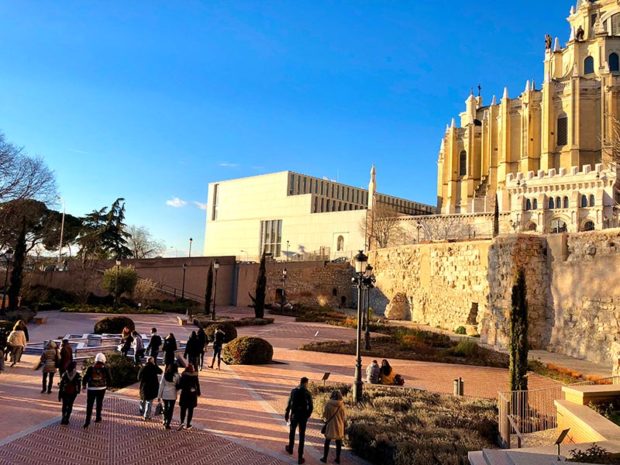
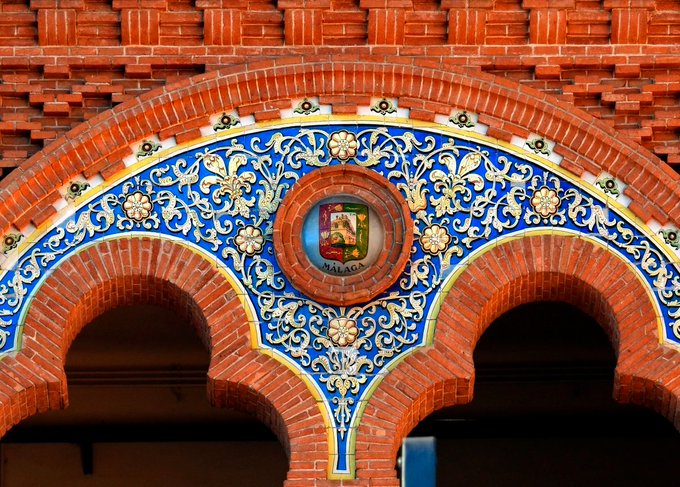
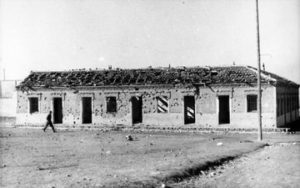
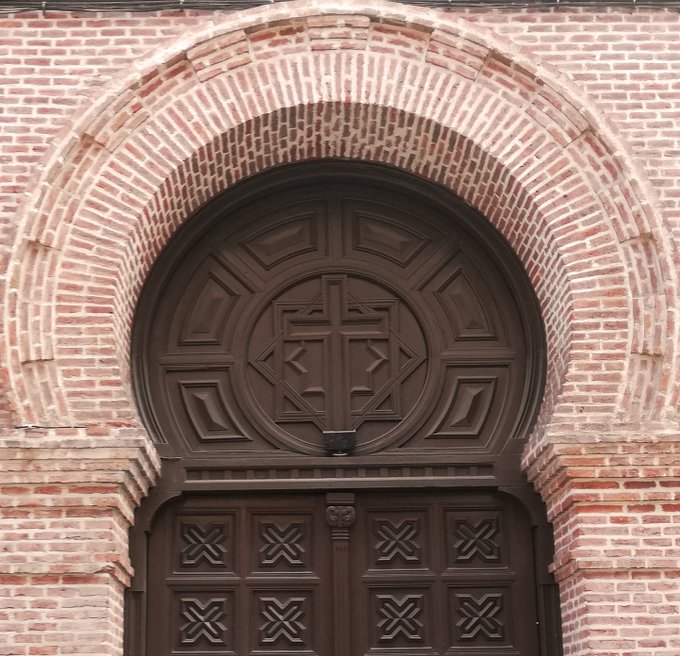
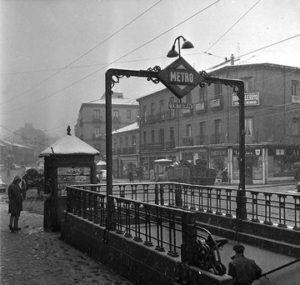

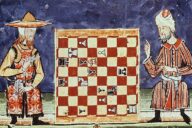
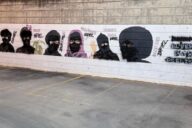
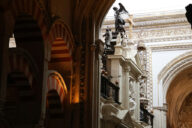









No Comments